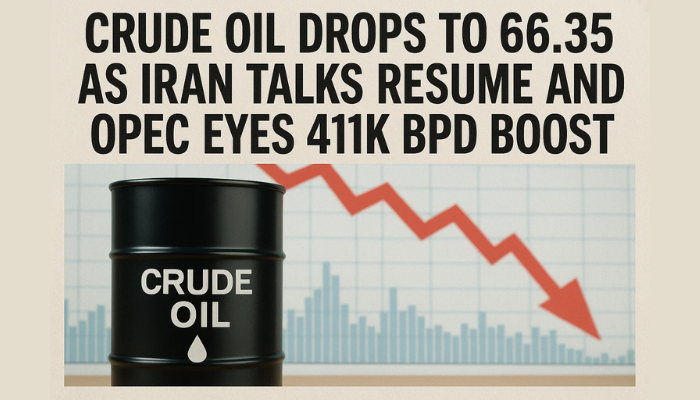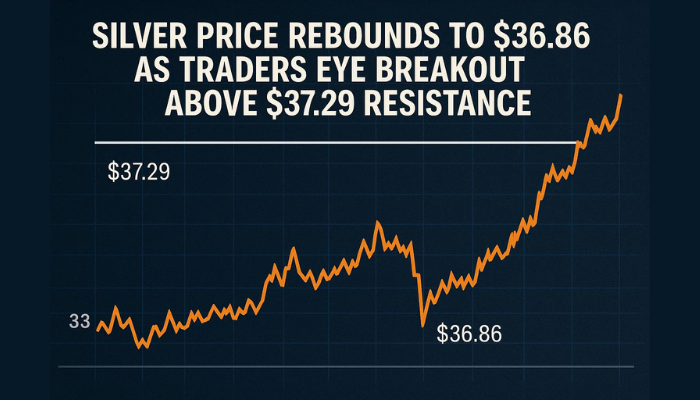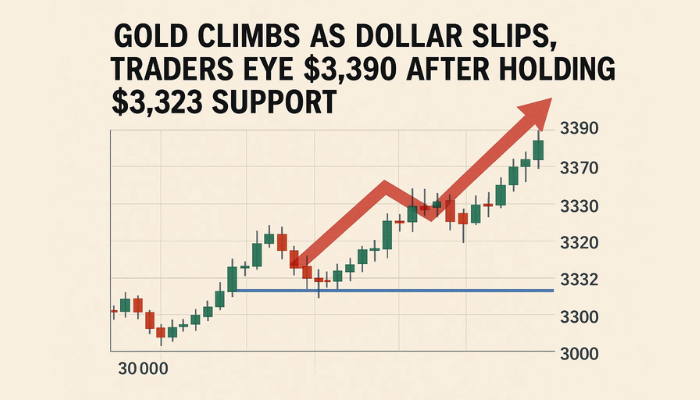WTI Crude Oil Price Hits $79.46, Navigates Key Pivot at $78.82 Amid Market Volatility
West Texas Intermediate, the US crude oil benchmark, failed to stop its early-day losses and remained under pressure around $79.20, hitting
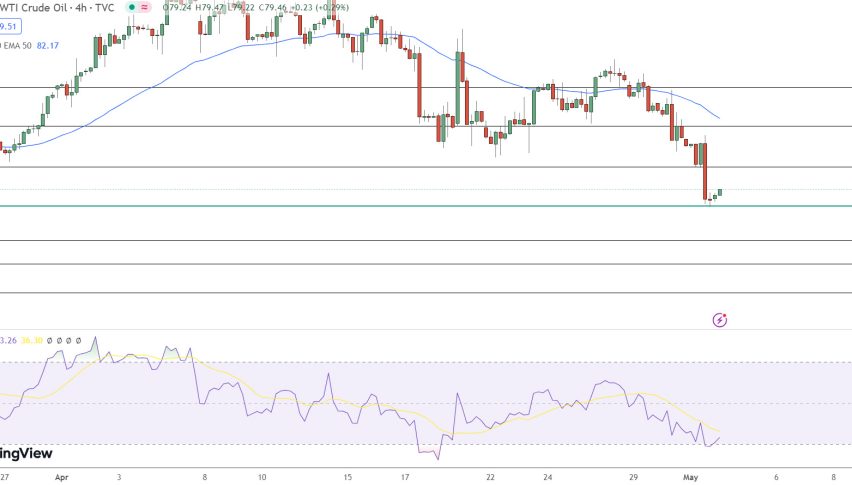
West Texas Intermediate, the US crude oil benchmark, failed to stop its early-day losses and remained under pressure around $79.20, hitting an intraday low of $78.83. However, the downward trend can be attributed to multiple factors, including unexpected crude oil stockpile builds in the US and easing geopolitical tensions in the Middle East.
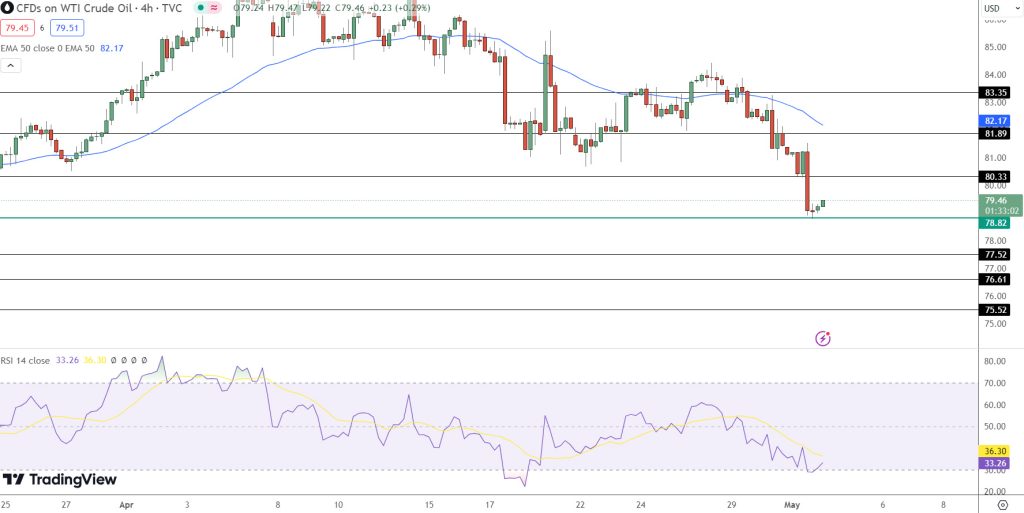
These factors were seen as key reasons that kept crude oil prices lower. Meanwhile, the hawkish stance of the Fed regarding interest rate cuts and a bullish US dollar have also played significant roles in undermining crude oil prices.
Unexpected Rise in US Crude Oil Inventories and Its Impact on Prices
It is worth noting that crude oil inventories in the United States for the week ending April 26 rose by 4.906 million barrels. This increase comes after a 3.23 million barrel draw in the previous week.
The market consensus had estimated that stocks would decrease by 1.5 million barrels, according to the American Petroleum Institute (API) on Wednesday.
Hence, the unexpected rise in crude oil inventories in the US for the week ending April 26, contrary to market expectations, has put downward pressure on crude oil prices.
This surplus supply indication often leads to lower prices as it suggests a potential imbalance between supply and demand in the market.
Strengthening US Dollar and Its Impact on Crude Oil Prices
On the US front, the broad-based US dollar maintained its bullish trend and remained well bid thanks to previously released better-than-expected Employment Cost Index data and comments from Fed officials signaling no immediate rate cuts.
However, the Employment Cost Index rose by 1.2%, its largest increase in a year, surpassing both expectations and previous figures, hinting at mounting wage pressures that could fuel inflation. This boosted the US dollar and weighed on crude oil prices.
Traders are now eyeing upcoming US data releases, like the ADP Employment Change and ISM Manufacturing PMI, just ahead of the Fed’s Monetary Policy Statement, for further market direction.
Geopolitical Developments Between Israel and Hamas: Potential Impact on Oil Prices
On the geopolitical front, there is hope for a ceasefire agreement between Israel and Hamas, which could reduce the fear of a wider conflict in the Middle East.
However, Israeli Prime Minister Benjamin Netanyahu has downplayed expectations of a proposed hostage deal preventing an attack on the southern Gaza city of Rafah. Therefore, the escalating tensions in the region could raise concerns about oil supply disruptions and potentially increase the price of oil.
This fear of supply disruptions typically puts upward pressure on crude oil prices, as investors weigh the possibility of reduced oil exports from the region.
WTI Crude Oil Price Forecast: Technical Outlook
In today’s technical outlook for USOIL as of May 2, 2024, the price stands at $79.46, slightly above the pivotal $78.82 mark. Traders should note immediate resistance levels at $80.33, with further hurdles at $81.89 and $83.35 that need to be overcome to sustain bullish momentum.

Conversely, support is positioned at $77.52, followed by $76.61 and $75.52. A breach below these could trigger significant sell-offs. The Relative Strength Index (RSI) is currently at 33, suggesting that USOIL may be approaching oversold territory, which typically precedes a potential price recovery.
However, the 50-Day Exponential Moving Average at $82.17 indicates some resistance ahead. Overall, maintaining levels above $78.82 suggests a bullish stance, but a drop below this threshold could shift the trend to bearish, prompting sharp declines.
- Check out our free forex signals
- Follow the top economic events on FX Leaders economic calendar
- Trade better, discover more Forex Trading Strategies
- Open a FREE Trading Account
